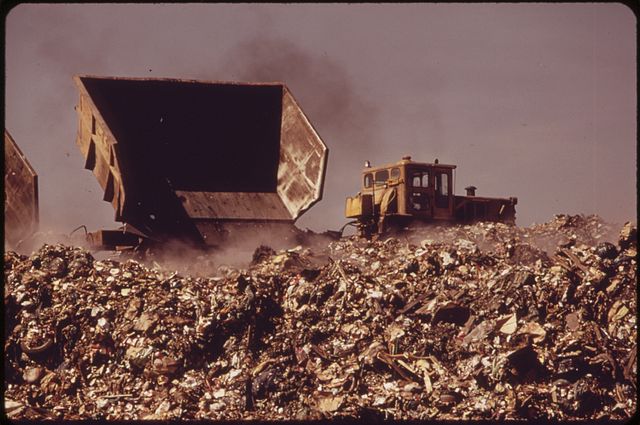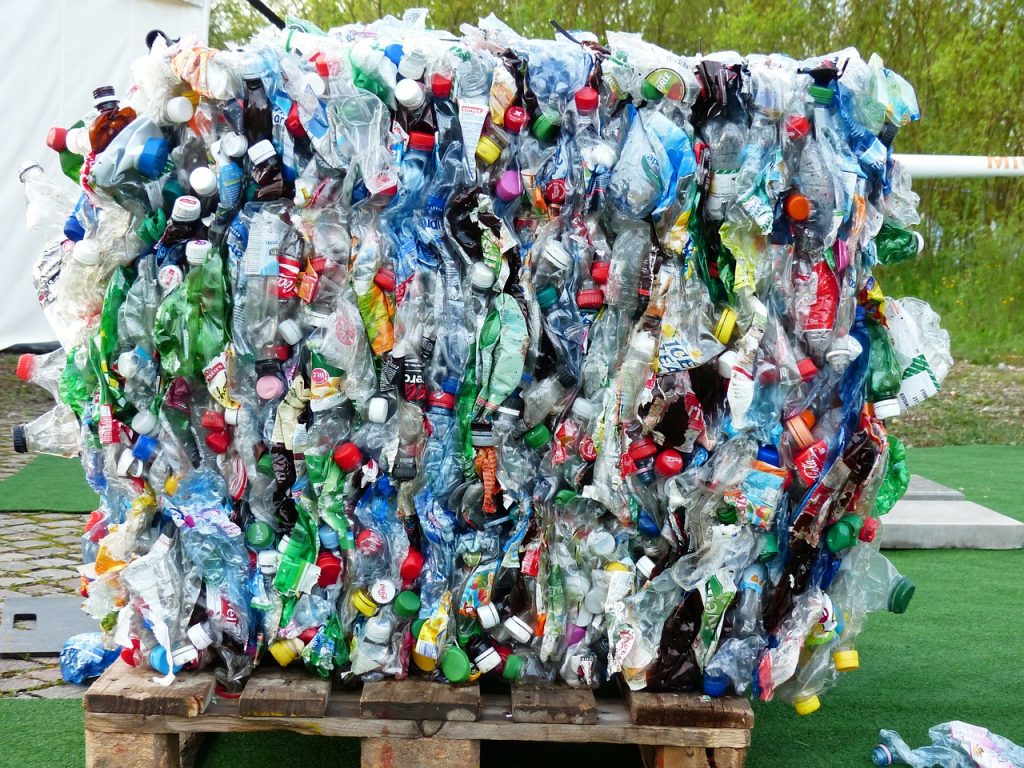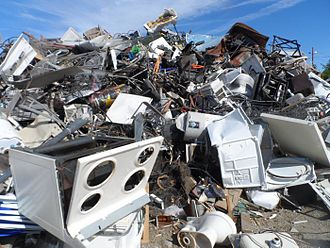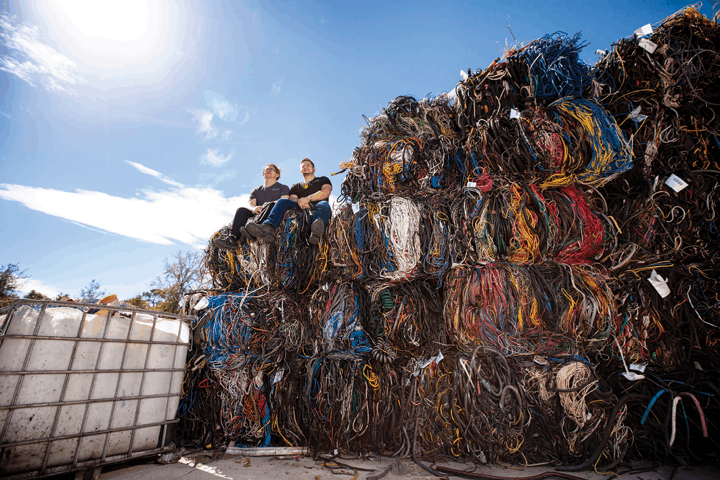
In the U.S., there are currently no federal laws governing recycling and no national law that mandates it. So the issue is mainly left to the states to decide. While many U.S. cities have active recycling programs, a lot of them are not mandatory and it’s optional for residents and businesses. And today, city leaders are frustrated with the problems that low recycling rates are creating for municipal landfills, and are actively looking for ways to boost these rates through the implementation of new recycling trends.
Municipalities may become the future leaders on this issue when it comes to reducing the amount of trash that goes to our landfills and, more significantly, finding ways to increase recycling.
Many of these new recycling trends seem likely to help boost rates for items that have experienced relatively low recycling rates in the past, such as scrap metal.
Scrap metal is something we want to keep out of our landfills. The toxins inside them can contaminate our soil and water, which could impact the people and wildlife in the surrounding area.
Scrap metal is also a very valuable item to recycle since metal is in high demand among manufacturers and it would be far more costly for them to get brand new metals made from virgin ore.
Currently, cities across the U.S. are at the leading edge of new recycling trends as the environmental challenges posed by discarding items like scrap metal into community landfills become more dire.
What Are The New Recycling Trends?

Similar to a growing number of cities across the U.S., New York City has a landfill problem. This mainly consists of not enough room left for all the trash being generated within the city. This is why city leaders are working to establish timelines for significant reductions in the waste going to landfills and why the mayor of NYC, Bill de Blasio, has launched the city’s goal of sending “zero waste” to landfills by 2030.
It’s an ambitious goal that includes an expansion of the curbside organics collection, along with recycling, which will be another key aspect. The mayor also hopes to promote the conversion to single-stream recycling. This would be an expansion in a city that is currently collecting more recyclable materials than during any other time in the past decade. This includes:
- Metals
- Glass
- Plastics
- Paper
The mayor also announced that his office would work to increase recycling rates in other ways, such as putting a focus on low-performing recycling districts. This is just a small aspect of the plan Mayor de Blasio launched when he announced New York’s goal of sending “zero waste” to landfills by 2030, which is only a little more than a decade away.
A key player in this is the city’s Department of Sanitation, which is doing the expansion of the curbside organics collection and the conversion to single-stream recycling. The department’s mandate is to boost recycling rates in different ways, such as offering more in-building recycling services to city residents living in large high rise apartment complexes.
If some of the goals sound lofty, it’s actually less about what the government does and more about the notion of arming city residents with the tools they need to achieve these recycling goals.
The easier you can make it for people to recycle, the higher those rates are likely to be.
And New York may have an advantage over other large cities in the U.S. since New Yorkers have been recycling for a very long time. DSNY already operates the largest curbside organics collection program in the nation, offering curbside or drop-off access to millions of residents.
Part of the department’s expansion goal has been to find additional ways to incentivize people to do the right thing — in part by making the public more aware of how the skyrocketing amounts of trash that goes to the landfill affects them and how expensive it’s become to deal with.
New York City isn’t attempting to be a trailblazer on its own. Across the globe, there’s an effort underway to increase recycling rates, especially for metal.
During March 20-22, 2019, more than 200 professionals from 24 countries attended the International Automobile Recycling Congress. This was in an effort to focus on the pressure to cut carbon emissions. The main push has been toward the development of lightweight design and electric vehicles. As part of that push there has been an effort to convince the auto manufacturing industry to consider designs that are suitable for the circular economy, with increased use of recycled materials, including scrap metal, for new productions.
Why Are These Programs Being Launched?

Part of the issue is increasing the awareness of the problems caused by allowing scrap to simply get thrown out. Scrap metal poses a toxic threat to the landfills that become the final stop for them; where the mercury, lead, and other hazardous chemicals within them can seep out into the land and water. That poses a real health threat to people and wildlife living nearby.
The scrap metal recycling industry continues to thrive for a reason. By taking scrap metal to an experienced recycling firm like GLE Scrap Metal, what may seem like junk can be recycled and made available to manufacturers. The manufacturers can then use the recycled materials in the creation of new products, at a far less cost than if they had to rely on getting new metals by mining for virgin ore.
That’s why there’s a new push for increased recycling rates for items like scrap metal, and why programs like the one in New York or the International Automobile Recycling Congress are helping to light the way.
The bottom line is that recycling programs are a vital necessity for cities and states that are having difficulty coping with the problems of overfill or environmental contamination at their landfills. The best solution is to look for ways to improve the system and increase efforts to educate people on the value of recycling.
Recycling programs are a necessary service, because the environmental impact of landfills is too risky to be ignored anymore. What’s needed now is for more cities to follow the example of New York and look for unique and innovative ways to encourage more people to recycle, in addition to expanding what they recycle.
Conclusion
A growing number of cities and states, along with national and international organizations, are looking for ways to increase recycling rates for items like scrap metal. It’s important to inform individuals and businesses on where they can take their scrap metal once they no longer want it.
Companies such as GLE Scrap Metal buys, processes, and sells all grades of scrap metal. They offer their processing services to the general public, demolition companies and private businesses. At GLE they understand that by doing so it helps to promote the sustainability of the environment. GLE Scrap Metal even offers logistics and transportation. All of this works to your benefit, since it means that they pay you more.
Call GLE Scrap Metal today at 855-SCRAP-88 to request a quote.



